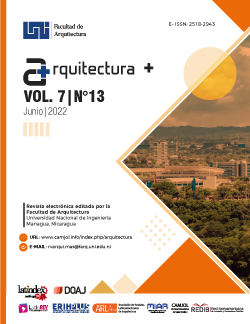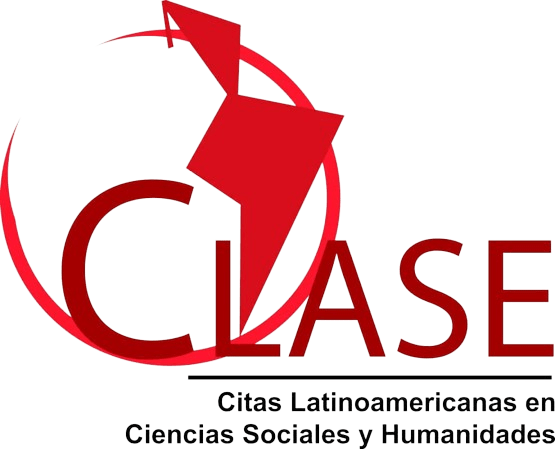In retrospect; contributions of urban planning instruments in the city of Managua, Nicaragua
DOI:
https://doi.org/10.5377/arquitectura.v7i13.14491Abstract
This article analyzes the main urban planning instruments developed for the city of Managua between 1954 and 2017. It addresses in an articulated way, from a historical and socio-cultural understanding, the causes that motivated their designs, as well as their scope, perspectives, general foundations, main projects, contributions and direct effects on the city.
As an exercise of historical articulation, it records and evaluates chronologically, urban policies and their intentions, their temporal, practical and instrumental character. With the fundamental purpose of relating spatial phenomena and other tangible expressions in the city, with the practice of organizing and projecting the territory. Part of the purpose of this study is to demonstrate the transcendence of urban planning, as well as its impact on people's lives and on the contemporary city, based on the critical vision of the authors and the reflections that some researchers have had on the city, its evolution and its processes.
Downloads
Downloads
Published
How to Cite
Issue
Section
License
Copyright (c) 2022 Universidad Nacional de Ingeniería

This work is licensed under a Creative Commons Attribution-NonCommercial-NoDerivatives 4.0 International License.




















